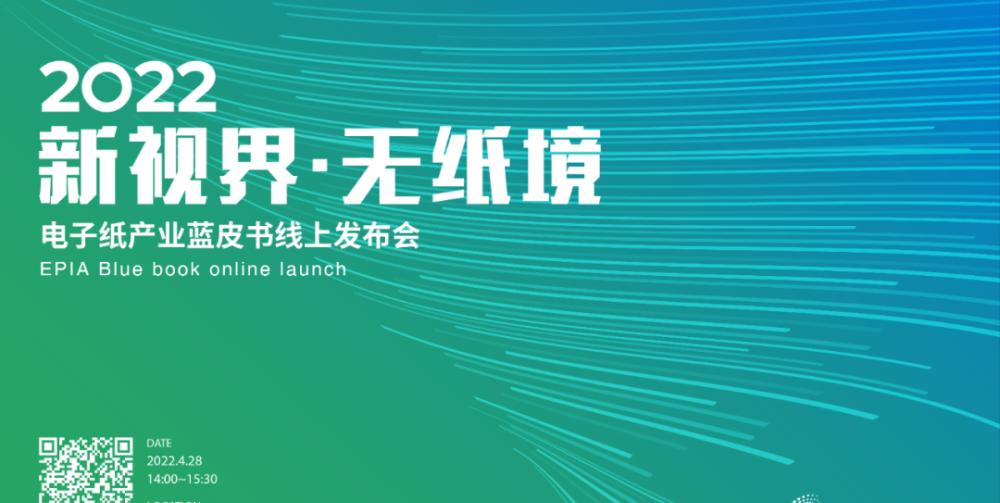
CINNO Research industry information, according to the Korean media Thelec news, Samsung showed that recently launched a research and development project, the project is mainly to develop thinner quantum dot (QD) - organic light-emitting diode (OLED) panel. If the project is successfully developed, it will make the QD OLED panel thinner than it is now, and it is expected to achieve Rollable (rollable) function design.
According to the industry news on April 12, Samsung Display recently launched a technology development aimed at making the quantum dot (QD)-organic light-emitting diode (OLED) panel thinner. The goal is to reduce the number of glass substrates used in QD-OLED panels from 2 to 1.
Samsung Display's mass production of QD-OLED panels from the end of last year requires the use of 2 glass substrates, including glass substrates for thin-film transistors (TTTs) and glass substrates for QD color conversion layers. QD-OLED is composed of "glass substrate for TFT - TFT - anode (Anode) - light emitting layer - transparent cathode (Cathode) - blue OLED package - filter - QD color conversion layer package - QD color conversion layer - glass substrate for QD color conversion layer" from the following order.
The new project will change the process flow of the QD color conversion layer. In this project, Samsung Display will develop a technology that will make the QD color conversion layer not use a glass substrate as it currently does, but instead print inkjet on top of the blue OLED package layer, and then carry out the QD color conversion layer with the packaging process. Encapsulation refers to the process of protecting organic matter from moisture and oxidation. Although the process for encapsulation of the blue OLED and QD color conversion layers is the same as the current process, the difference is that the glass substrate for the QD color conversion layer is eliminated.
After the successful development of this project, Samsung Display is expected to reduce material costs and simplify the production process. The industry generally believes that Samsung's process of displaying QD-OLED is more complex than the white light (W)-OLED that LG display is mass production. Depending on the progress of the project, in the existing QD-OLED structure, in addition to the glass substrate for the QD color conversion layer, there is the possibility of eliminating or reducing other materials.
In addition, if the glass substrate is reduced to 1, the panel will become thinner, and it is expected to realize the functional design of Rollable . The Rollable OLED shown by LG also uses only one glass substrate. LG displayed W-OLED uses light to the back of the TFT substrate (Bottom Emission) way, after the TFT process needs to be stacked color filter (CF), so there is no need to use QD color conversion layer glass substrate like the current Samsung display QD-OLED. The QD-OLED displayed by Samsung uses the Top Emission method of light traveling in the opposite direction of the TFT substrate.
After the successful development of this project of Samsung Display, it will be applied sequentially on the QD-OLED panel in the future. This year's QD-OLED displayed by Samsung is mainly used in Samsung Electronics and Sony TVs, Dell's monitors, etc. QD-OLED's lineup includes 34-inch displays and 55-inch and 65-inch TVs. Assuming that the yield rate of QD-OLED panels this year is 70%, the production of QD-OLED panels is expected to be supplied to 880,000 TVs and 440,000 displays; if the panel yield rate reaches 80%, 1.08 million TVs and 520,000 monitor panels can be supplied.
- END -